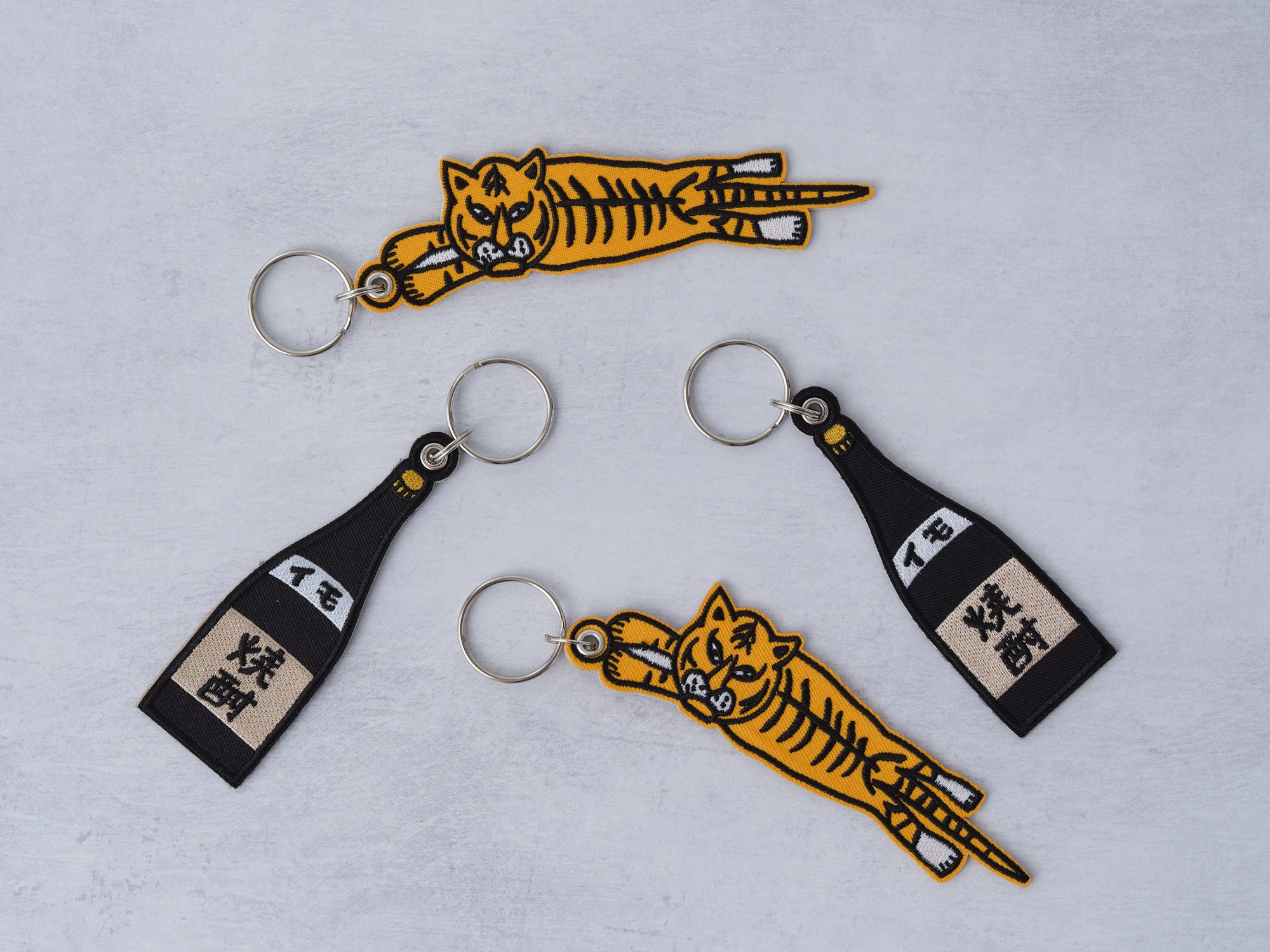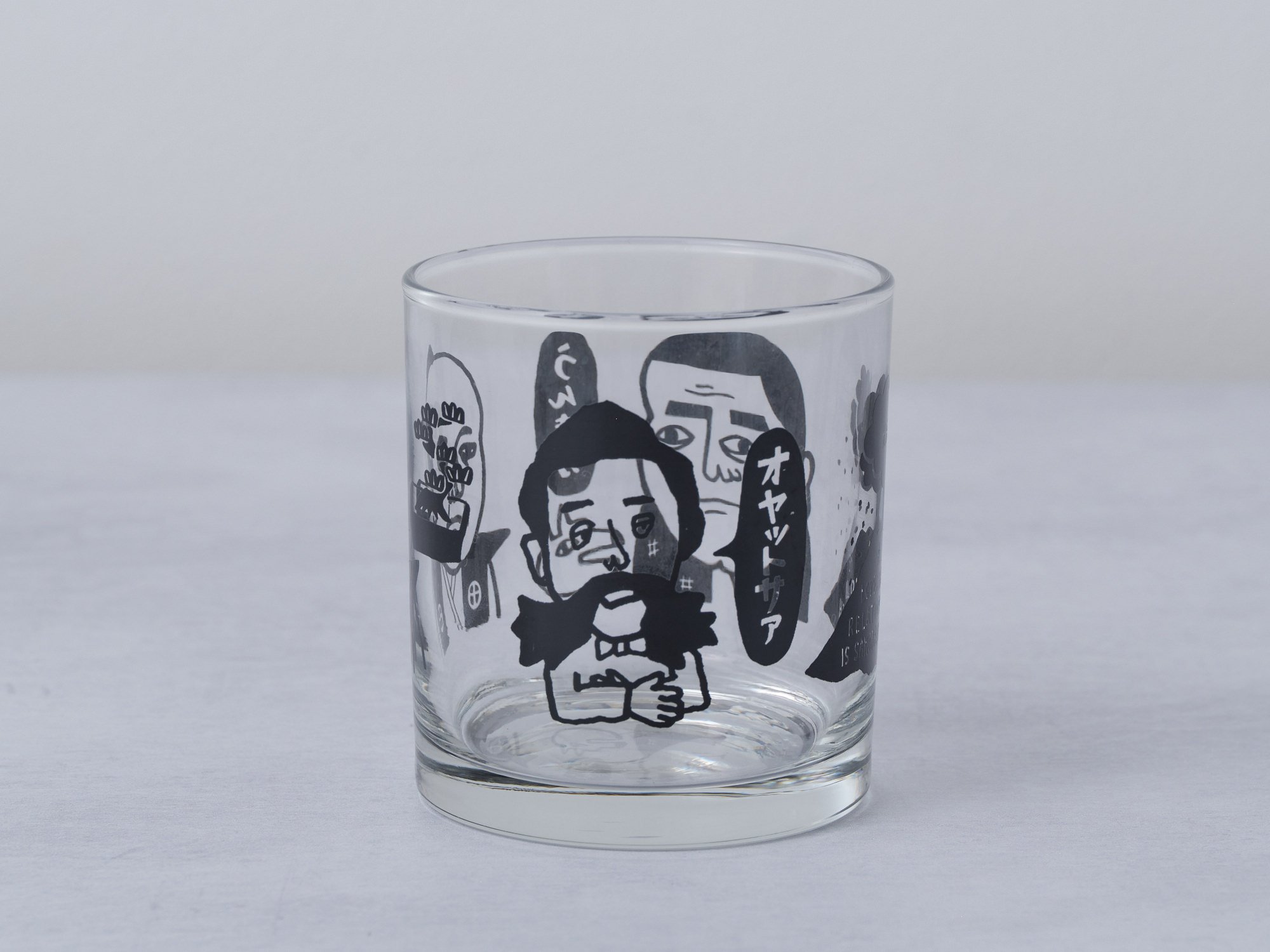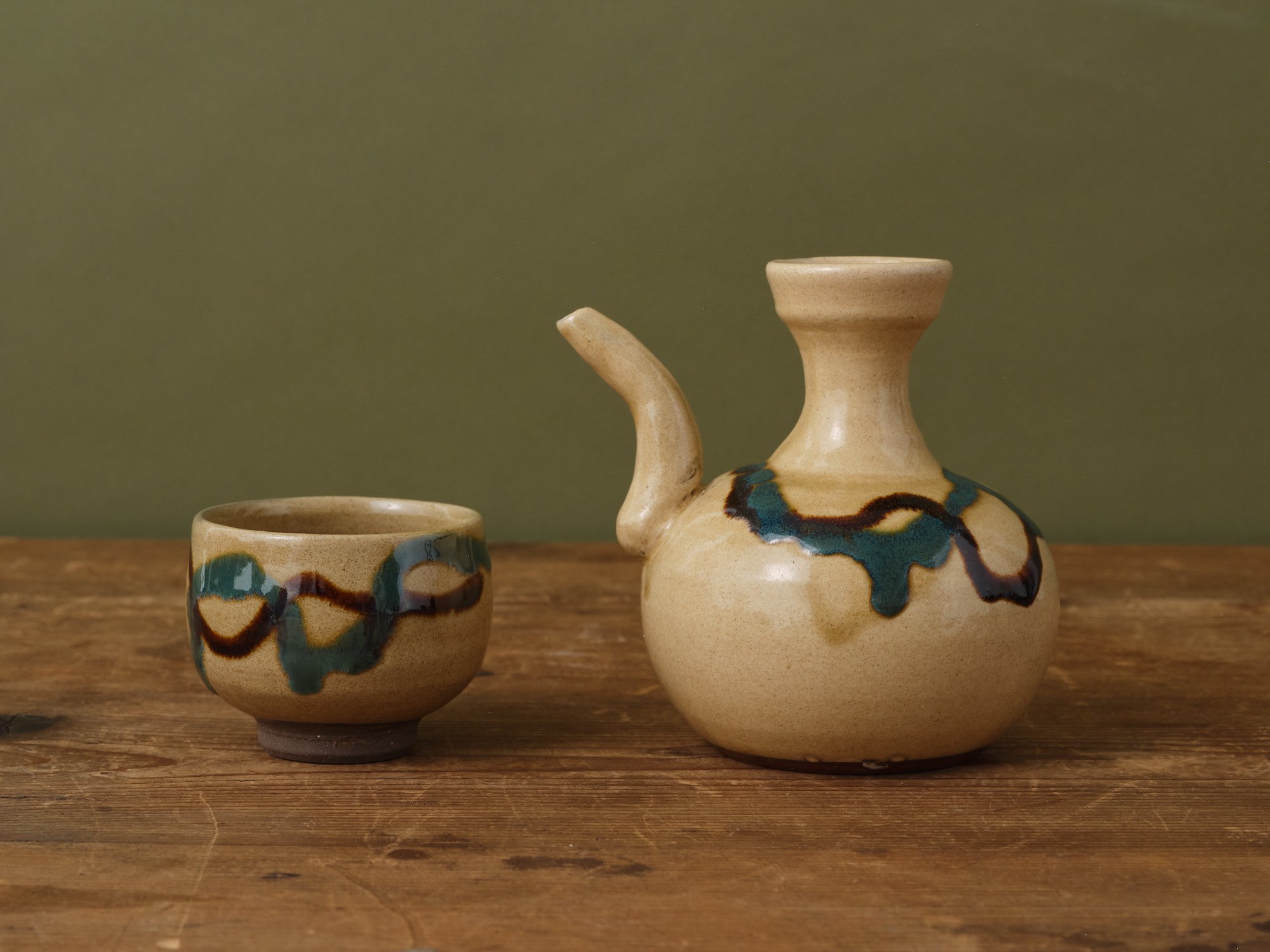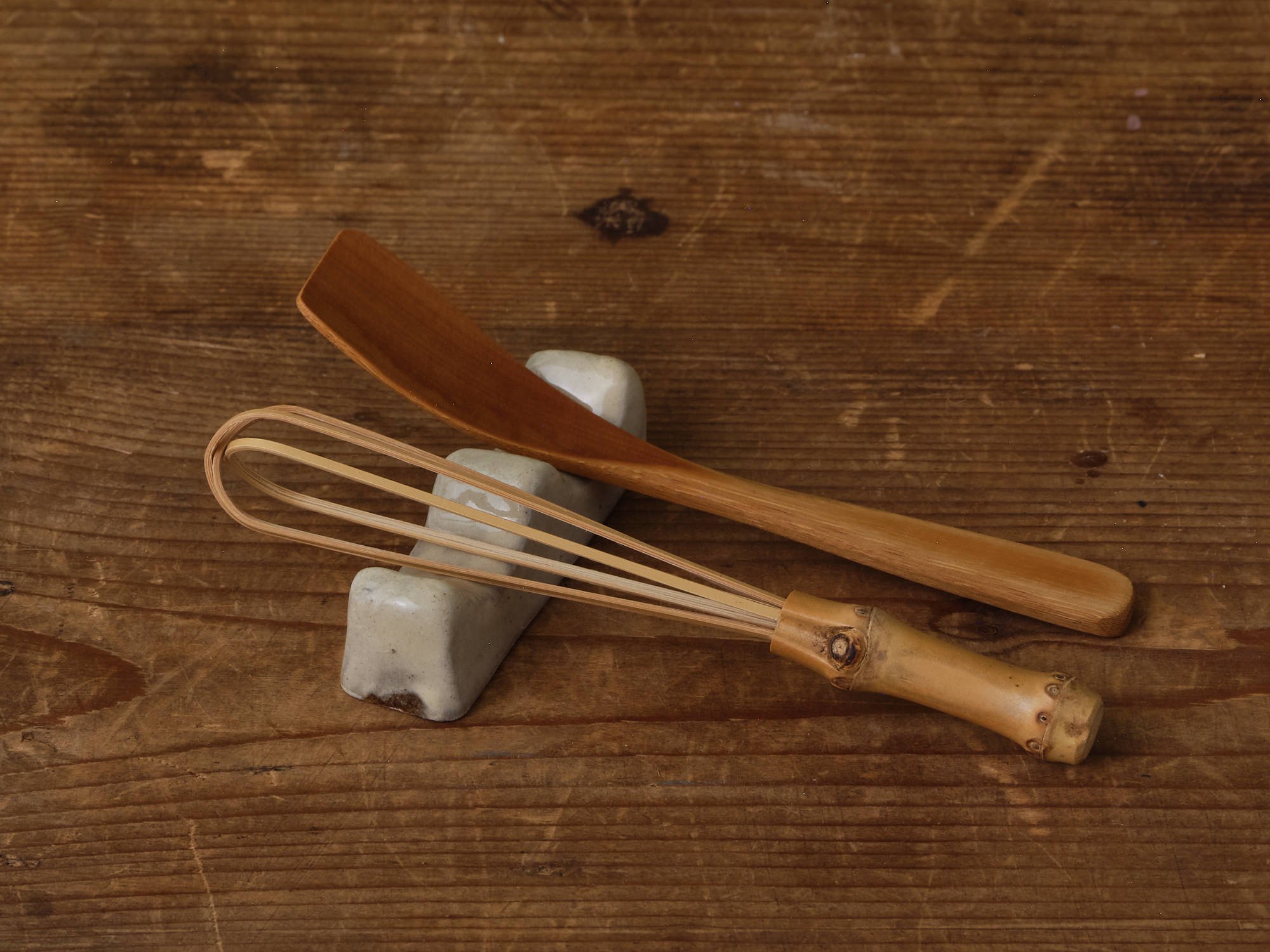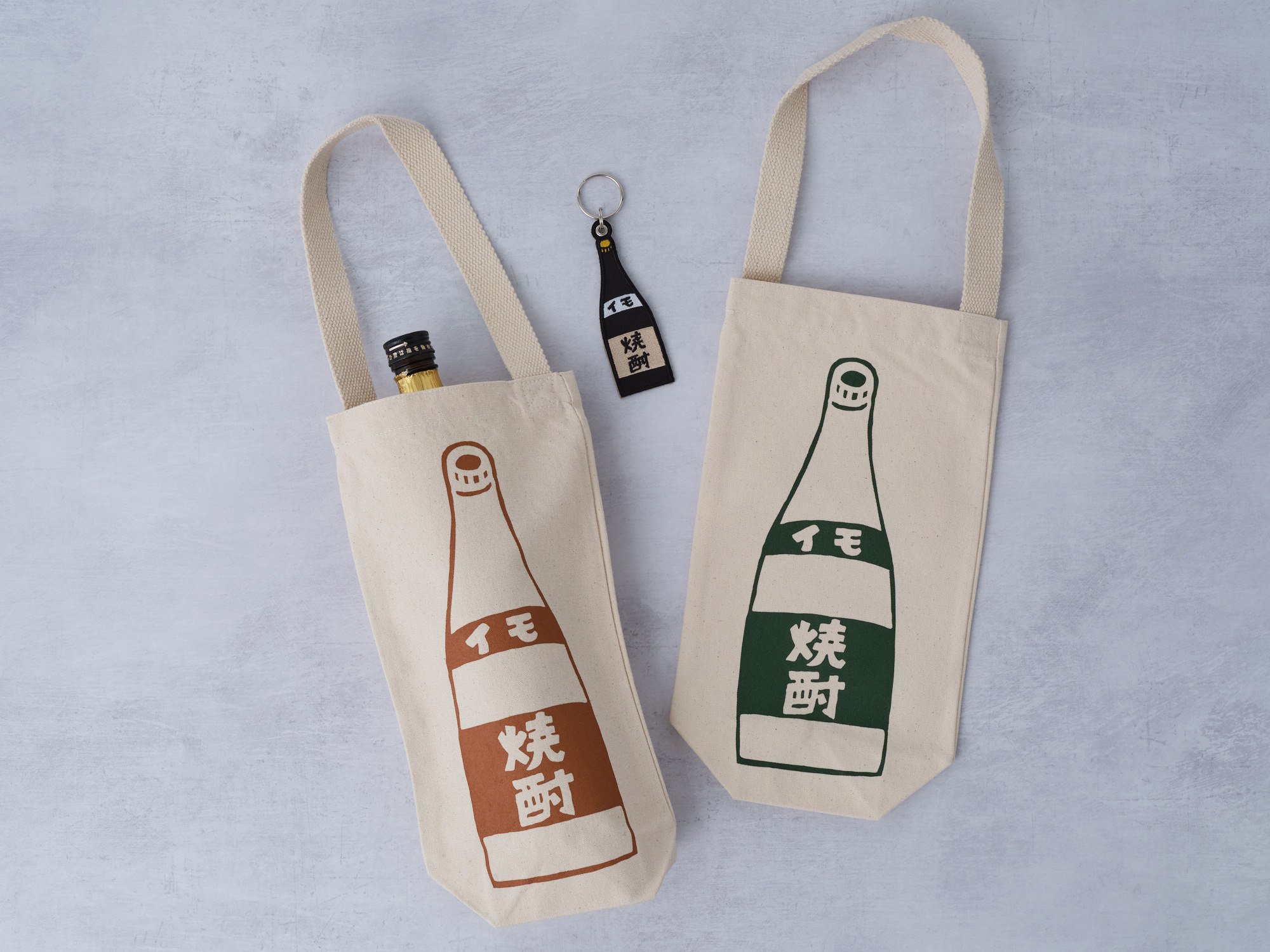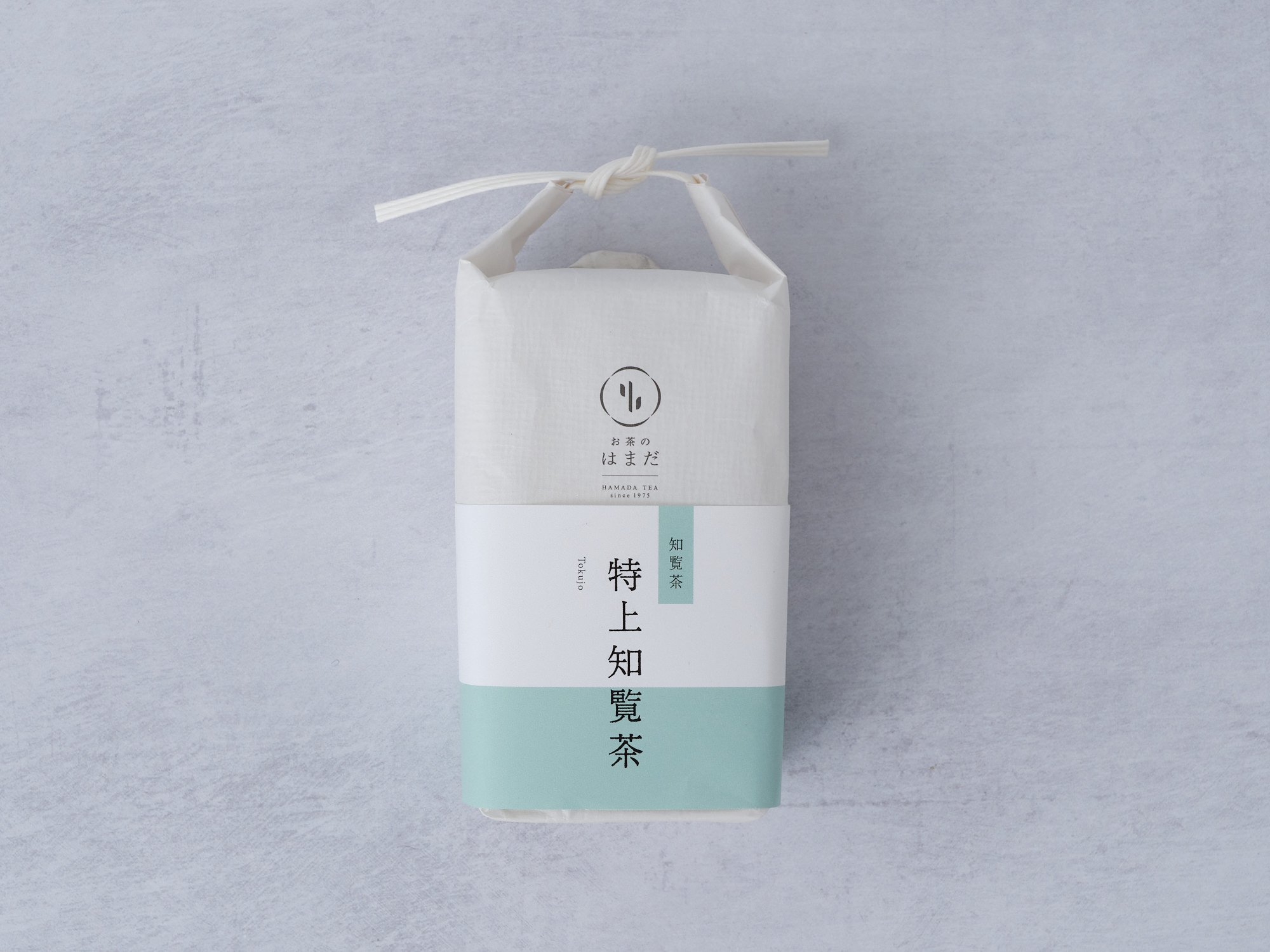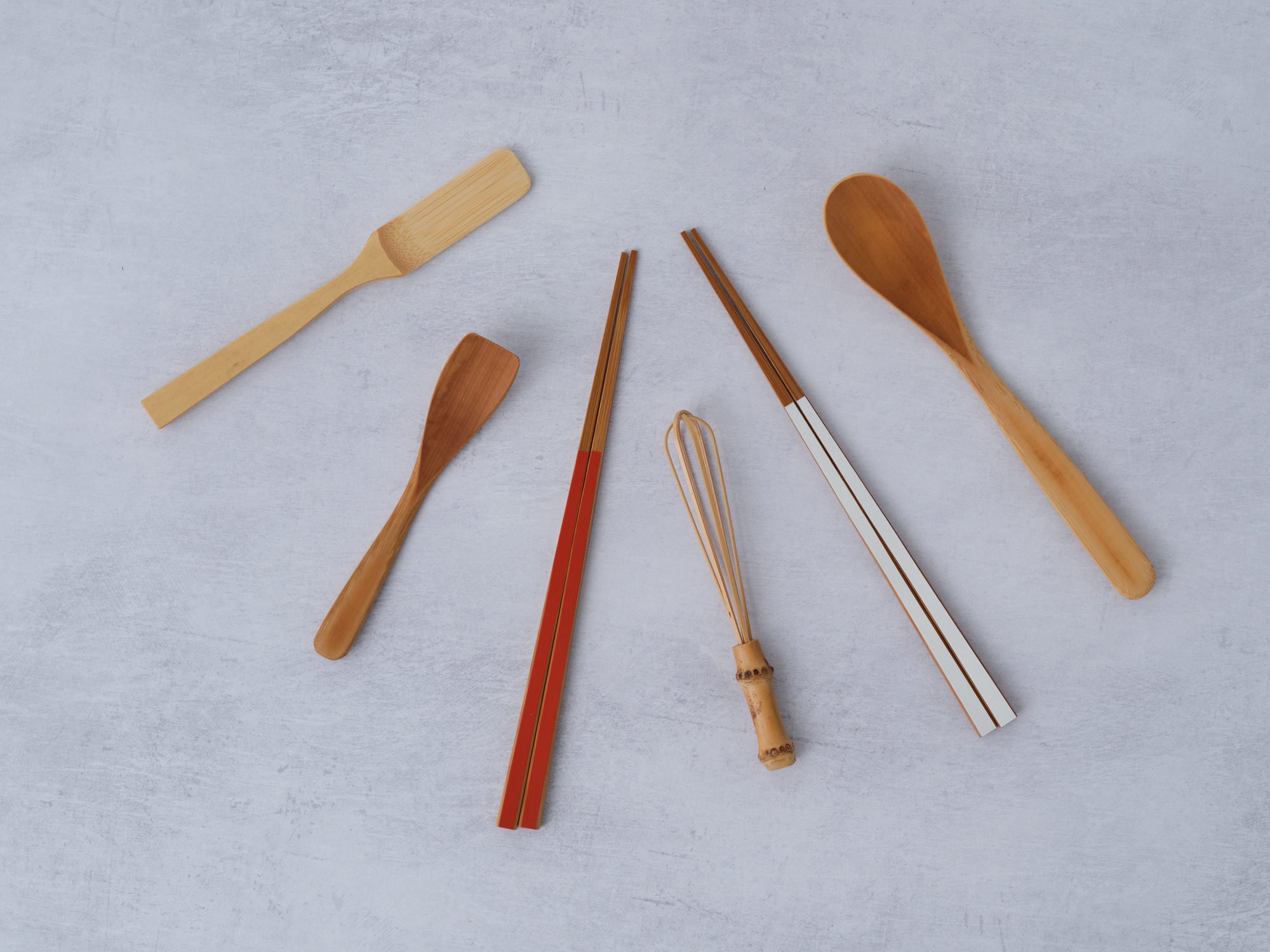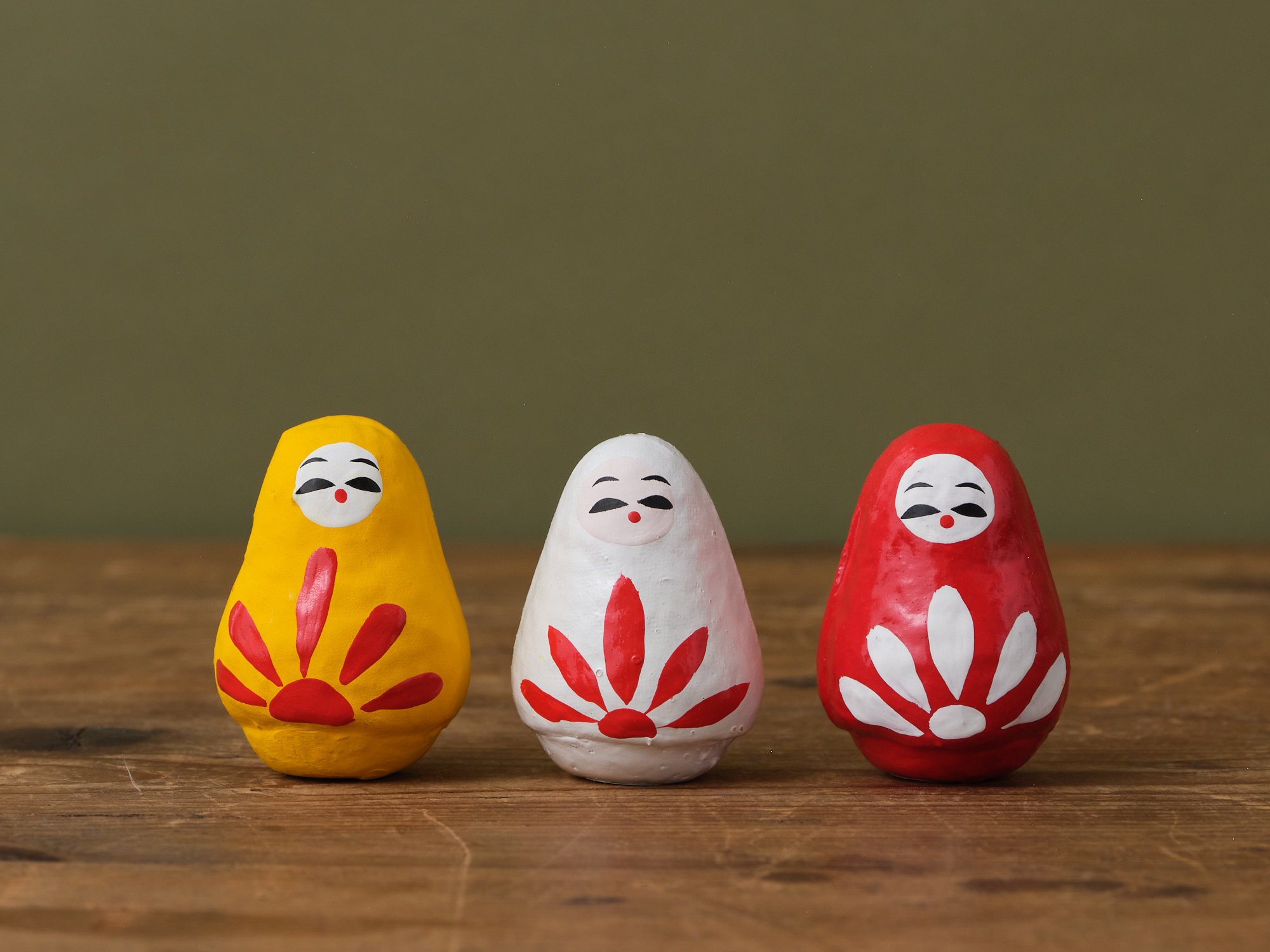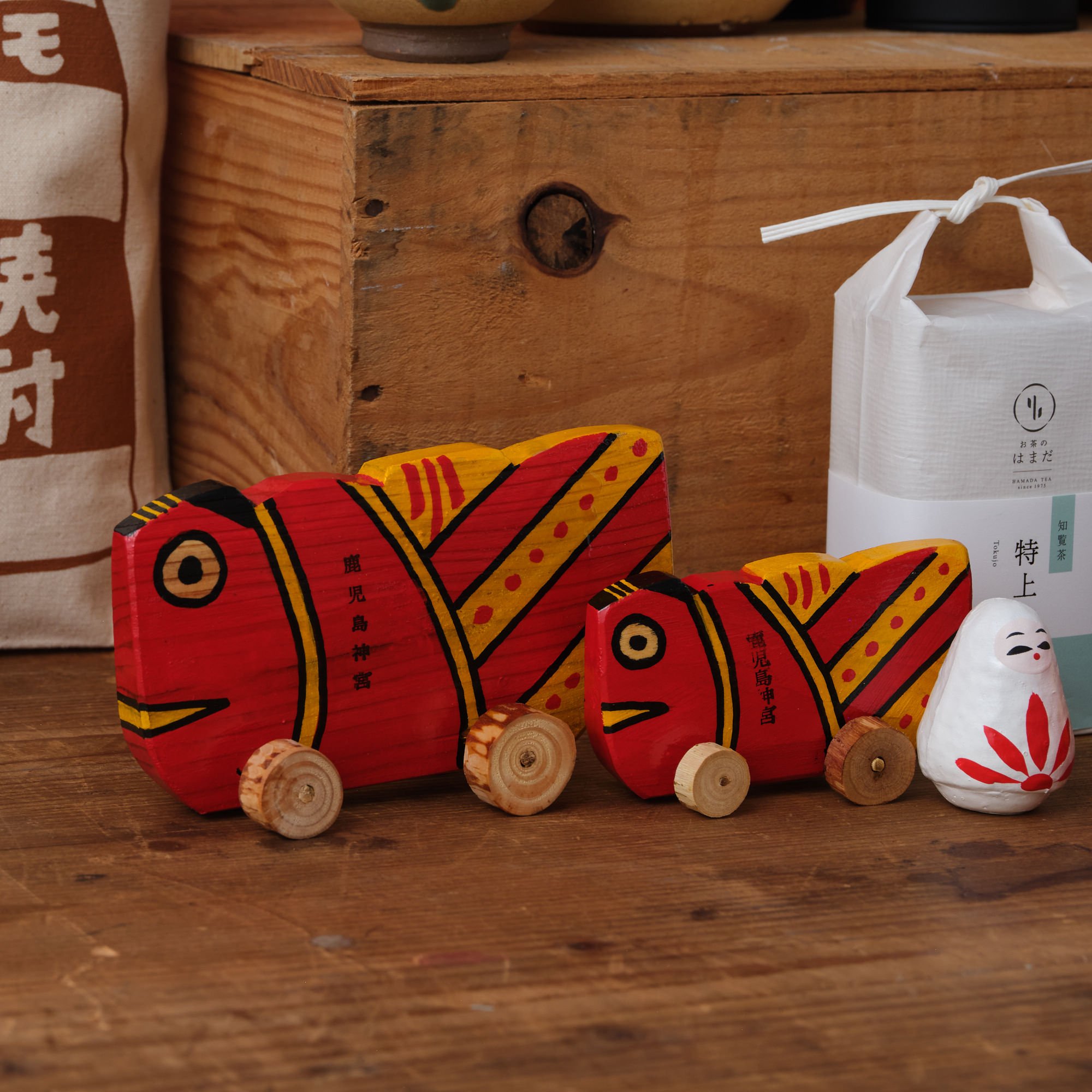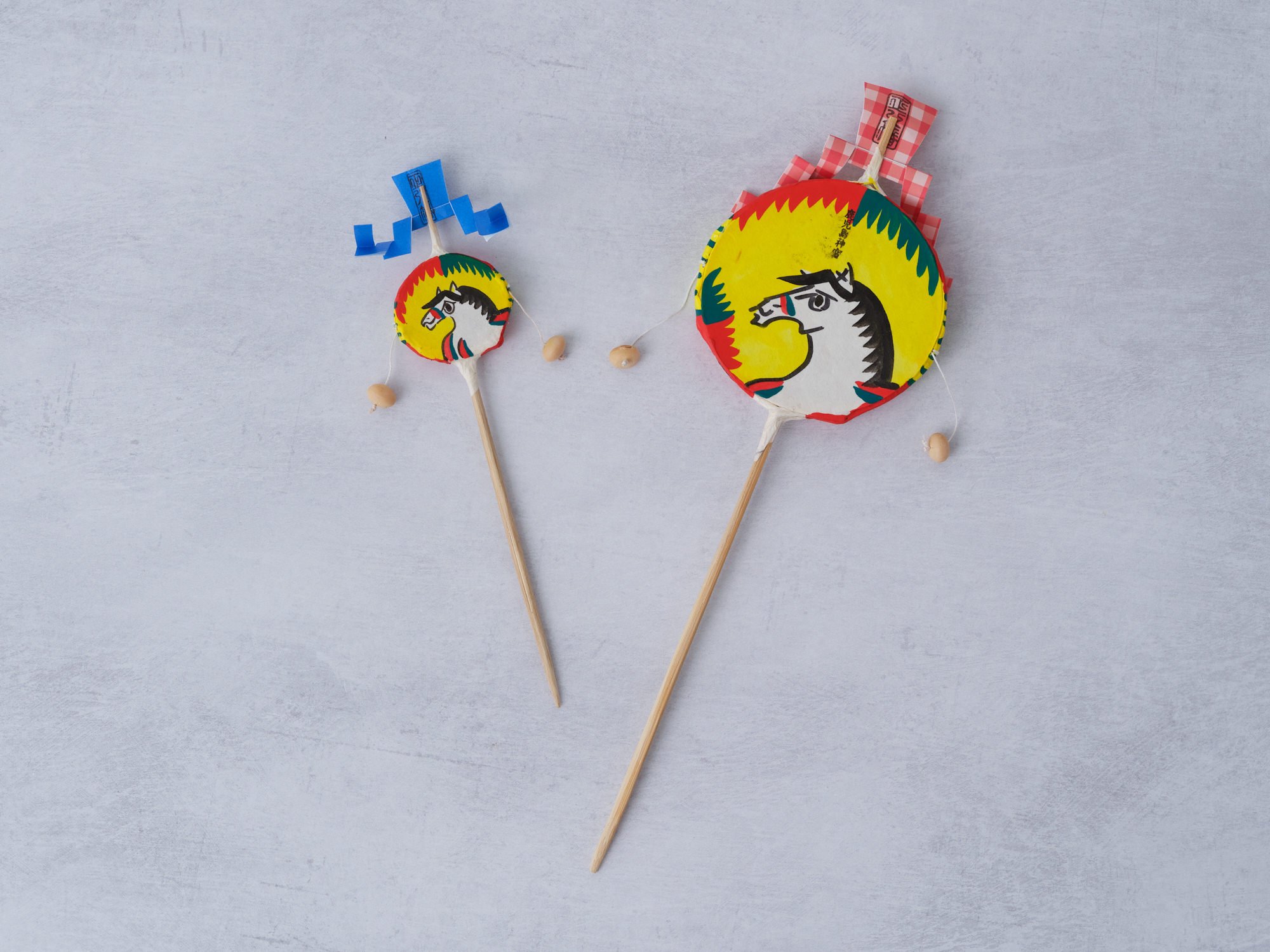Stories in Kagoshima Craft at Wagumi

This month in London’s Oxo Tower, craft and lifestyle shop Wagumi will present a collection of craft items with stories, from Kagoshima in Japan. Under the title Kagoshima: Stories in Craft from Japan, the collection will present items never previously offered in Europe, that help narrate the unique heritage and identity of Japan’s southern prefecture.
Pieces from Kagoshima - Stories in Craft from South Japan at Wagumi
December in London will offer a rare opportunity to discover objects and stories from Kagoshima in south Japan.
Centred on a city in a bay facing a volcano, modern day Kagoshima was created from the old Satsuma domain. This was a place of periodic eruptions, historical adventures and distinctive identities in foods and crafts. At one time Satsuma connected Japan to a wider world, at another it was central for the transformation of the modern state. Its many episodes, travails, ideas and initiatives are stories that can be told through objects and practices that continue today. A land of volcanic rock, hot summers and verdant mountain sides, Kagoshima’s physical geography has interacted with its human history to influence these stories. People too in Kagoshima have known a certain richness, with a fertile tea crop, strong growing bamboo, island grown sugar and manmade objects such as the fine crafts produced for the samurai elite, and the utilitarian beauty imbued into others for everyday life.
Wagumi in London’s Oxo Tower will present a special, narrated, collection of items from Kagoshima from this month. In ceramics, textiles, tea, folk toys, bamboo craft and more, the pieces through their processes in creation help describe the wider story of their place. These stories in part will be told by Tamaru Kamizuru of Kagoshima’s Chamber of Commerce, who has provided individual commentaries to describe contexts and histories.
The collection will include items from Kagoshima’s ceramic tradition. Founded essentially in the late 16th century, several lines endure today in both the ‘white’ (fine works provided initially to the ruling authorities) and ‘black’ (practical wares for the people) forms of work. Down the years appreciation has grown for the black Satsuma ceramics (known as ‘kuro-mon’), and its quality can be seen in several contemporary forms.
One is Ryumonji ware, which has been made since the late 17th century in Aira, to the east of Kagoshima’s main settlement. A characteristic of Ryumonji is the ability that persists today to source all the ingredients for the ceramics in the immediate environs of the kilns. This includes an egg white coloured clay based glaze for the works that is known as one of the finest examples of the material in Japan. The Ryumonji potters colour this base element in several ways, often trailing caramel and green onto its distinctive surface. The work has a quality and appeal that has lasted for more than 300 years, and remains in evolution.
Ceramicist Kaori Sasaki has a personal history that interconnects with the ceramic story of her home region of Kagoshima. She has been inspired both by the Okinawan islands where she trained and the kuro-mon lineage of where she grew up and works today. At her Nohara-ya kiln Sasaki makes works that have been nationally recognised as outstanding contemporary examples of utilitarian beauty. Firing using ash from Kagoshima’s emblematic Sakura-jima volcano, and clay and glaze materials found in her immediate region, Sakaki brings flair, balance and solidity to forms rooted in the kuro-mon tradition. Her work was included in the prize selection at the Japan Folk Crafts Museum’s annual exhibition in 2022, selected by a jury led by Naoto Fukusawa, the legendary product designer.
In Kagoshima’s warm climate, the bamboo grows fast and straight. The tubular forests have been a backdrop and a resource for life since the earliest human settlement. While much has been outsourced and lost, Kagoshima retains a connection to its history in bamboo craft through small firms such as Yagitake Industry. Collecting from among the plentiful large stems, they split and shape them into whisks, trays and the square shaped carry boxes for which Kagoshima is known.
Noharaya Kiln and Ryumonji Pottery Union
Traditional guardians of Kagoshima kitchen spaces, Oh no Konbu are part of Japan’s rich heritage in folk toys. Items of belief more than they are of play, the forms created from washi paper have long kept friendly vigil to their owners as they cook. The precise history is somewhat obscure, but Kanehira Sameshima knew Oh no Konbu from his youth, and rebuilt the tradition in making them at his husband and wife micro-business in Kagoshima City. If you push an Oh no Konbu it will right itself, and the figures, each hand painted by the couple, are gentle companions.
In addition to its signature distilled spirit: shochu, Kagoshima is known as a land of hot beverages. This is true in tea where the climate allows for multiple harvests. In fact, different regions of Kagoshima produce their own tastes from the everyday charm of Satsuma, to the subtlety of Kirishima to the rich green of Chiran.
Japan too as a whole has a rich cafe culture. There are numerous sub-genres including jazz, comic books and cats. One within them is mingei (folk craft) cafes, that can sometimes found with dark wood hand made furniture, and the walls dotted with plates and textiles. Kagoshima’s Coffee-Kan has been a feature in its cafe scene for more than 35 years. It is a space maintained and created by Koichiro Nagata, otherwise known as the Kan-cho (Cafe Chief). Nagata takes a craft inspired approach to the beans that he sorts and roasts personally using vintage equipment in a corner of the establishment. He drips water onto the ground beans held in flannel filters, and presents each cup in specially fired works by leading contemporaries in the craft scene. The logo of Coffee-Kan is also bespoke, made by legendary stencil dye artist Samiro Yunoki.
The modern stories and identity of Kagoshima are told in the work of Motohiro Waki and his Kagomania brand. A designer, illustrator and observer of his home region, Waki makes work characterised by its humour and bold lines in drawing scenes from history and local geography. Waki frequently draws an expressive Saigo Takamori, the complex folk hero of the late Satsuma era, together with his dog Tsun for example. Alongside volcanoes, daikon radishes and other symbols recognisable of Kagoshima - Waki’s work provides contemporary narration of what it means to have roots in old Satsuma. Kagomania have also provided the graphic art to accompany this collection.
Open until 31 January 2024
Kagoshima Green Tea Tastings from 26 - 31 January 2024 (11am - 6pm)
Unit 1.09
Oxo Tower Wharf
Bargehouse Street
London
SE1 9PH


